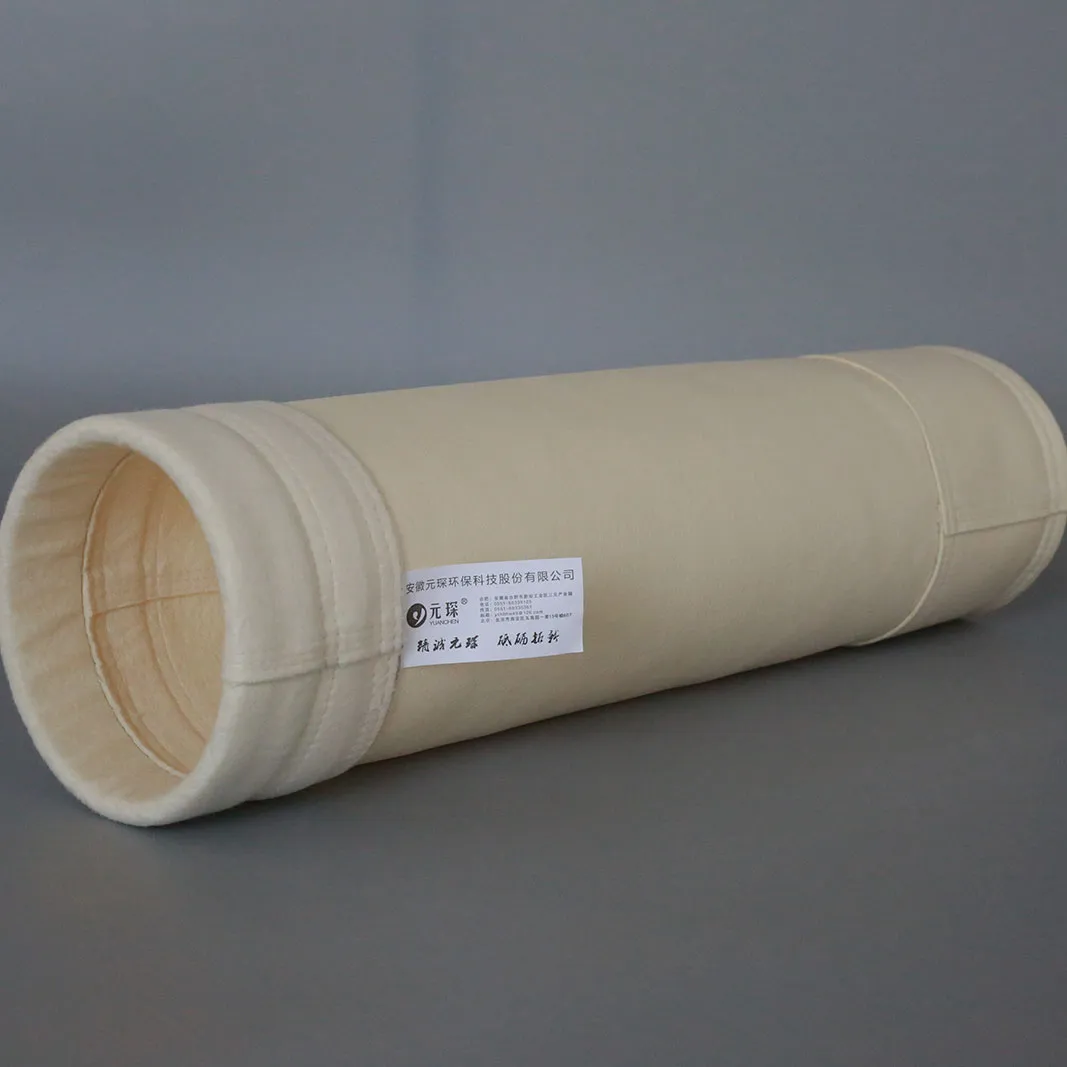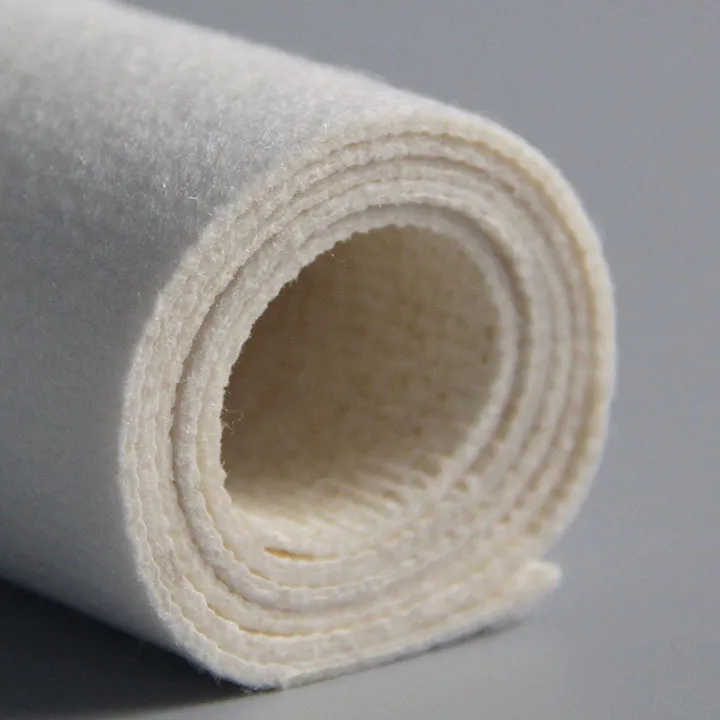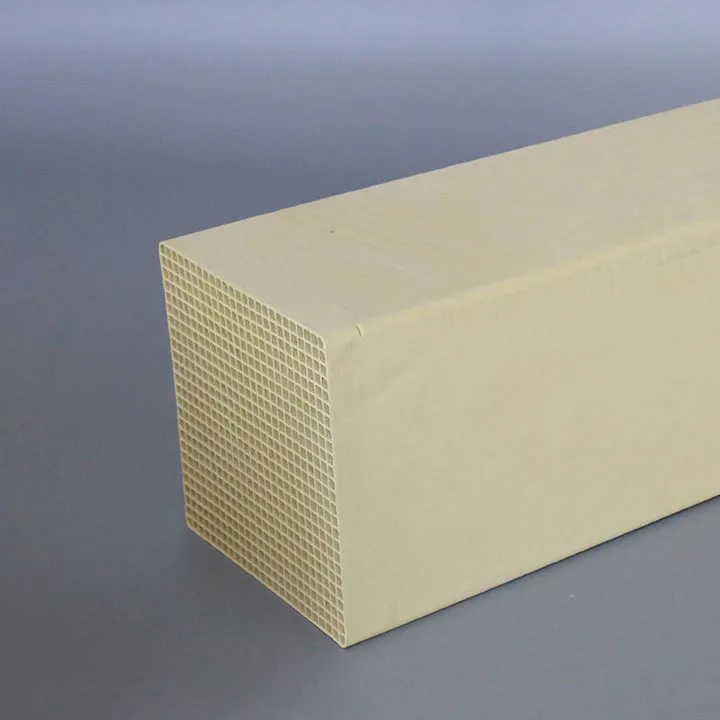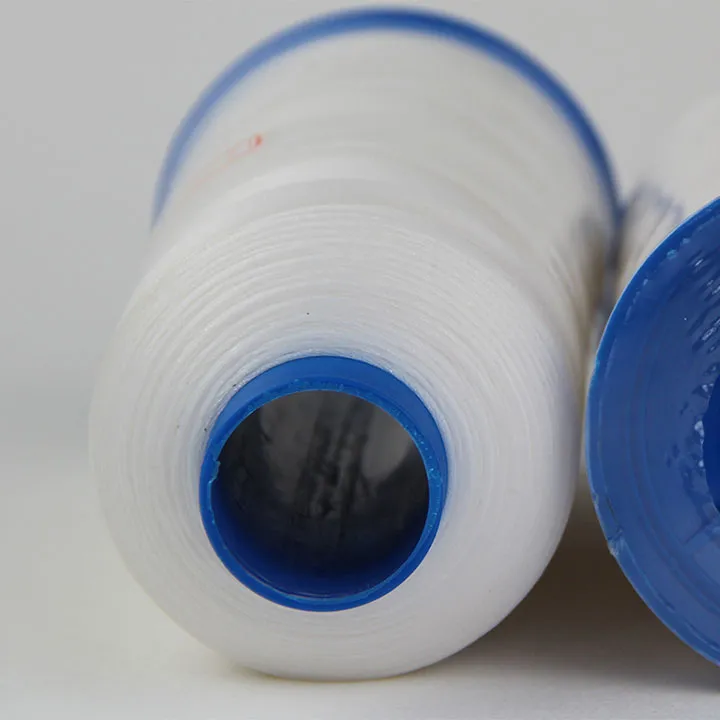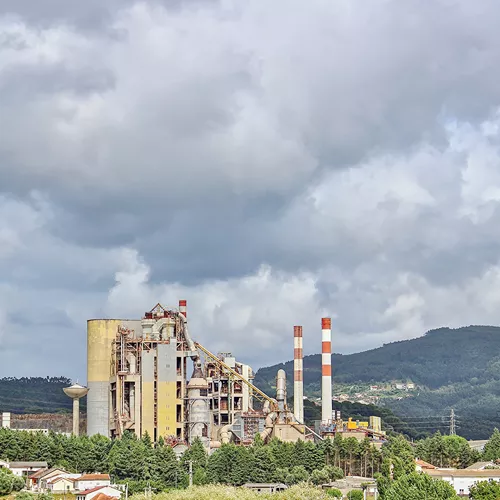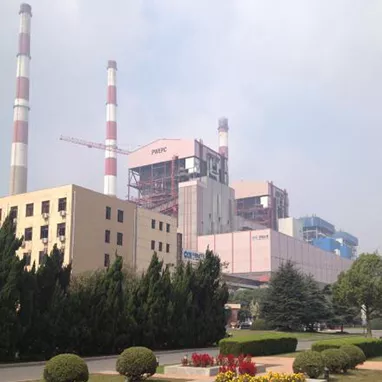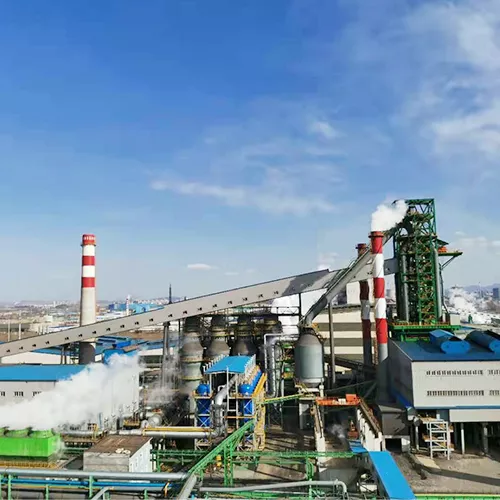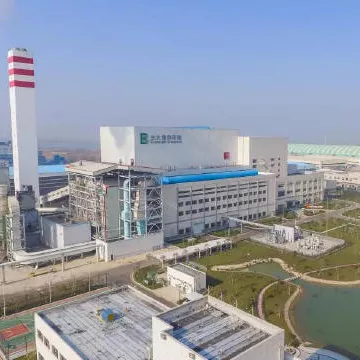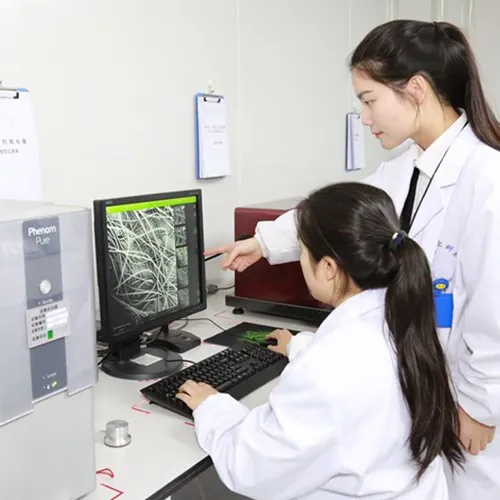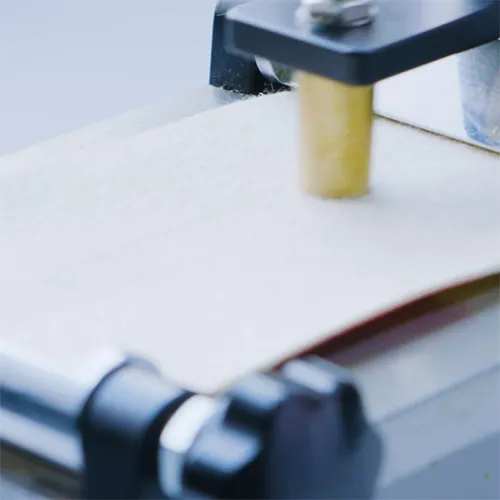What factors are related to dust removal efficiency? Comprehensive analysis of the key influencing factors of dust removal system
In industrial production, dust removal efficiency is directly related to the air quality of the production environment, the operating status of the equipment, and the quality of the final product. Effective dust removal can not only reduce the pollution of dust to the environment, but also protect equipment, reduce production costs, and improve production efficiency. So, what are the factors that affect dust removal efficiency? This article will analyze these key factors in detail to help you better understand and optimize the performance of the dust removal system.
1. The nature of dust particles
The nature of dust particles is the primary factor affecting dust removal efficiency. Different dust particles have different characteristics, including particle size, density, shape, and chemical composition. Generally speaking, the smaller the particles, the more difficult it is to remove dust, because fine particles can easily pass through the filter material of the dust removal system. For dust with smaller particle size, dust removal equipment usually requires higher filtration accuracy and more complex design. The density and shape of dust will also affect its settling behavior in the air, thereby affecting the dust removal effect.

2. Type and design of dust removal equipment
The type and design of dust removal equipment have a direct impact on dust removal efficiency. Common dust removal equipment includes bag dust collectors, electrostatic precipitators, wet dust collectors, etc. Different types of dust removal equipment are suitable for different application scenarios and dust characteristics.
Bag dust collector: uses baghouse filter bags as filter media, suitable for capturing dust of various sizes, especially small and medium-sized particles. The filter bag material, filter bag surface area and cleaning method in its design will affect the dust removal efficiency.
Electrostatic precipitator: uses electrostatic field to charge and capture dust, suitable for handling large air volume and large particle size dust. The electric field strength and electrode design of the electrostatic precipitator have a significant impact on the dust removal effect.
Wet dust collector: captures dust through water mist or liquid, suitable for handling wet or sticky dust. The water mist distribution, liquid handling method and separation efficiency of the wet dust collector will affect the dust removal effect.
3. Air volume and air flow velocity
Air volume and air flow velocity are key parameters in the design of dust removal systems and have a direct impact on dust removal efficiency. Higher air volume can increase the speed of gas passing through the dust removal equipment and enhance the dust collection efficiency. However, too high air volume may cause uneven airflow and reduce the filtering effect. The air flow velocity will also affect the deposition speed of dust on the filter material. Different dust particles require different air flow velocities to achieve the best collection effect.
4. Selection and maintenance of filter materials
The selection of filter materials is crucial to the dust removal efficiency. Different filter materials have different filtering performance, durability and dust cleaning capabilities. Choosing the right filter material can significantly improve the dust removal effect. Common filter materials include woven cloth, synthetic fiber, metal mesh, etc. The pore size, thickness, air permeability, etc. of the filter material will affect its filtering performance. At the same time, the maintenance of the filter material is also very important. Regular cleaning and replacement of the filter material can maintain the efficient operation of the system and prevent the efficiency from being reduced due to the clogging of the filter material.
5. Operation and maintenance management of the system
The operation and maintenance management of the dust removal system directly affects its work efficiency. When the system is running, the operator needs to ensure the normal operation of the equipment and adjust the operating parameters in time to adapt to production changes. In terms of maintenance management, regular inspection and cleaning of equipment, lubrication of mechanical parts, and inspection of sealing conditions can improve dust removal efficiency. In addition, the system’s cleaning mechanism also needs to be set up reasonably to prevent dust accumulation from causing equipment efficiency to decrease.
6. Environmental conditions
The impact of environmental conditions on dust removal efficiency cannot be ignored. Factors such as ambient temperature, humidity, and air pressure can affect the characteristics of dust and the operation of dust removal equipment. For example, an environment with high humidity may cause dust to clump or adhere, affecting the dust removal effect of the equipment. In addition, temperature changes may affect the performance of the filter material and the stability of the system. Understanding and adapting to environmental conditions can optimize the design and operating parameters of the dust removal system and improve overall efficiency.
7. Dust concentration
Changes in dust concentration can also have an impact on dust removal efficiency. High concentrations of dust may cause dust removal equipment to be overloaded and reduce its processing capacity. When designing a dust removal system, it is necessary to consider changes in dust concentration to ensure that the system can handle the expected amount of dust and avoid overload operation. For different concentrations of dust, the system’s air volume, filter material, or cleaning strategy may need to be adjusted to maintain a good dust removal effect.
8. System commissioning and optimization
The commissioning and optimization of the dust removal system is an important step in improving dust removal efficiency. The system needs to be debugged in detail at the beginning of operation to ensure that the working status of each component meets the design requirements. The dust removal effect can be further improved by optimizing operating parameters such as air volume, air flow velocity, filter material selection, etc. Regular system optimization and performance evaluation can maintain the best operating state of the equipment and ensure the continuous improvement of dust removal efficiency.
Conclusion
Dust removal efficiency is the result of the combined influence of multiple factors, involving dust particle properties, equipment type and design, air volume and air flow velocity, filter material selection and maintenance, system operation and maintenance management, environmental conditions, dust concentration and system debugging optimization. Understanding and mastering these key factors can help enterprises optimize the performance of dust removal systems, improve the air quality of production environments, reduce the risk of equipment damage, and improve production efficiency.


